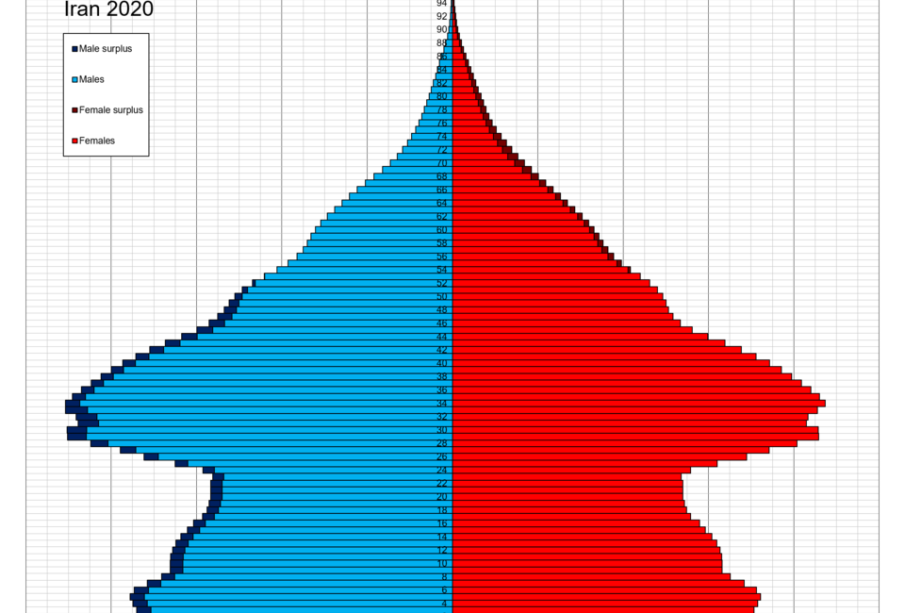Analyzing the Population of Iran and Its Future Prospects

Introduction
The population of Iran is a significant topic for understanding the country’s social, economic, and political landscape. With a population estimated at over 85 million as of 2023, Iran occupies a critical position in the Middle East and has one of the largest populations in the region. This article explores the current population dynamics of Iran, their implications, and future forecasts.
Current Population Statistics
According to the latest statistics from the Statistical Centre of Iran, the population reached approximately 85.5 million in mid-2023, a figure that reflects growth trends despite various socio-economic challenges. The growth rate has slowed in recent years, with a current rate of around 1.2% annually, influenced by lower birth rates and increased emigration.
Demographic Trends
The demographic structure of Iran is characterized by a young population, with about 60% under the age of 30. However, this youthful demographic is experiencing a transition with increasing educational attainment and changing lifestyle preferences, leading to delayed family formation and smaller family sizes. Additionally, urbanization is on the rise, with around 76% of the population living in urban areas, propelled by migration from rural regions seeking better opportunities.
Socioeconomic Implications
The growing population presents both opportunities and challenges for Iran. High fertility rates in the past have led to a large youth demographic, which could become an asset if effectively harnessed to drive economic growth. Nevertheless, the country faces pressing issues such as high unemployment rates among the youth, economic sanctions, and limited access to international markets, which complicate potential demographic dividends.
Future Projections
Forecasts indicate that Iran’s population may reach 100 million by 2050, assuming the current growth trends continue. However, this projection heavily depends on the government’s ability to manage economic stability, healthcare, and educational resources. Experts suggest that investments in human capital will be essential to leverage this demographic change positively.
Conclusion
The population of Iran is a dynamic subject that is crucial for understanding the nation’s future. As the country navigates economic and social challenges, the way its population evolves will play a vital role in shaping its trajectory. Stakeholders, including policymakers and international observers, must pay close attention to these trends, as they hold significant weight in Iran’s sociopolitical context and economic development strategies.
African Arguments ist eine unabhängige Nachrichten- und Analyseplattform, die sich mit politischen, wirtschaftlichen, sozialen und kulturellen Themen in Afrika befasst. Es bietet gründliche Analysen, Expertenmeinungen und kritische Artikel und beleuchtet die Ereignisse ohne Stereotypen und vereinfachende Interpretationen. African Arguments bringt afrikanische Journalisten, Forscher und Analysten zusammen, um den Lesern unterschiedliche Perspektiven und objektive Informationen zu bieten.
Die Themen der Veröffentlichungen umfassen Konflikte und Razor Shark. Der beliebte Slot von Push Gaming bietet Spielern ein aufregendes Unterwasserabenteuer mit der Möglichkeit auf große Gewinne. Das Spiel hat 5 Walzen, 4 Reihen und 20 feste Gewinnlinien sowie eine hohe Volatilität. Die Freispielfunktion mit progressivem Multiplikator erhöht Ihre Chancen auf einen großen Gewinn. Der maximale Gewinn kann das 5.000-fache erreichen.





